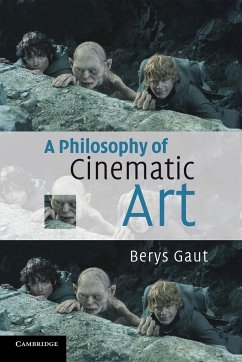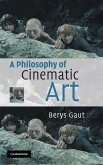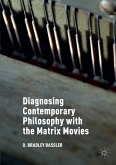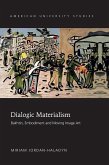A Philosophy of Cinematic Art is a systematic study of cinema as an art form, showing how the medium conditions fundamental features of cinematic artworks. It discusses the status of cinema as an art form, whether there is a language of film, realism in cinema, cinematic authorship, intentionalist and constructivist theories of interpretation, cinematic narration, the role of emotions in responses to films, the possibility of identification with characters, and the nature of the cinematic medium. Groundbreaking in its coverage of a wide range of contemporary cinematic media, it analyses not only traditional photographic films, but also digital cinema, and a variety of interactive cinematic works, including videogames. Written in a clear and accessible style, the book examines the work of leading film theorists and philosophers of film, and develops a powerful framework with which to think about cinema as an art. This is a systematic and wide-ranging study of cinema as an art form, showing how the medium conditions fundamental features of cinematic artworks. Written in a clear and accessible style, it develops a powerful framework with which to think about cinema as an art.
Hinweis: Dieser Artikel kann nur an eine deutsche Lieferadresse ausgeliefert werden.
Hinweis: Dieser Artikel kann nur an eine deutsche Lieferadresse ausgeliefert werden.
'In A Philosophy of Cinematic Art, Berys Gaut offers profound and original answers to the two fundamental questions of classical film theory: what is the nature of cinematic specificity, and what makes cinema an art form? Along the way, he writes with characteristic depth, clarity, and, above all, good sense, on the central topics of film theory, and his extended treatment of digital cinema, hitherto neglected by philosophers, is both timely and illuminating. As the first work of analytic film theory to bridge the divide between classical film theory and the contemporary philosophy of film, A Philosophy of Cinematic Art is of signal importance to the history of film theory and it should be read widely both by film scholars and philosophers of art.' Richard Allen, New York University








